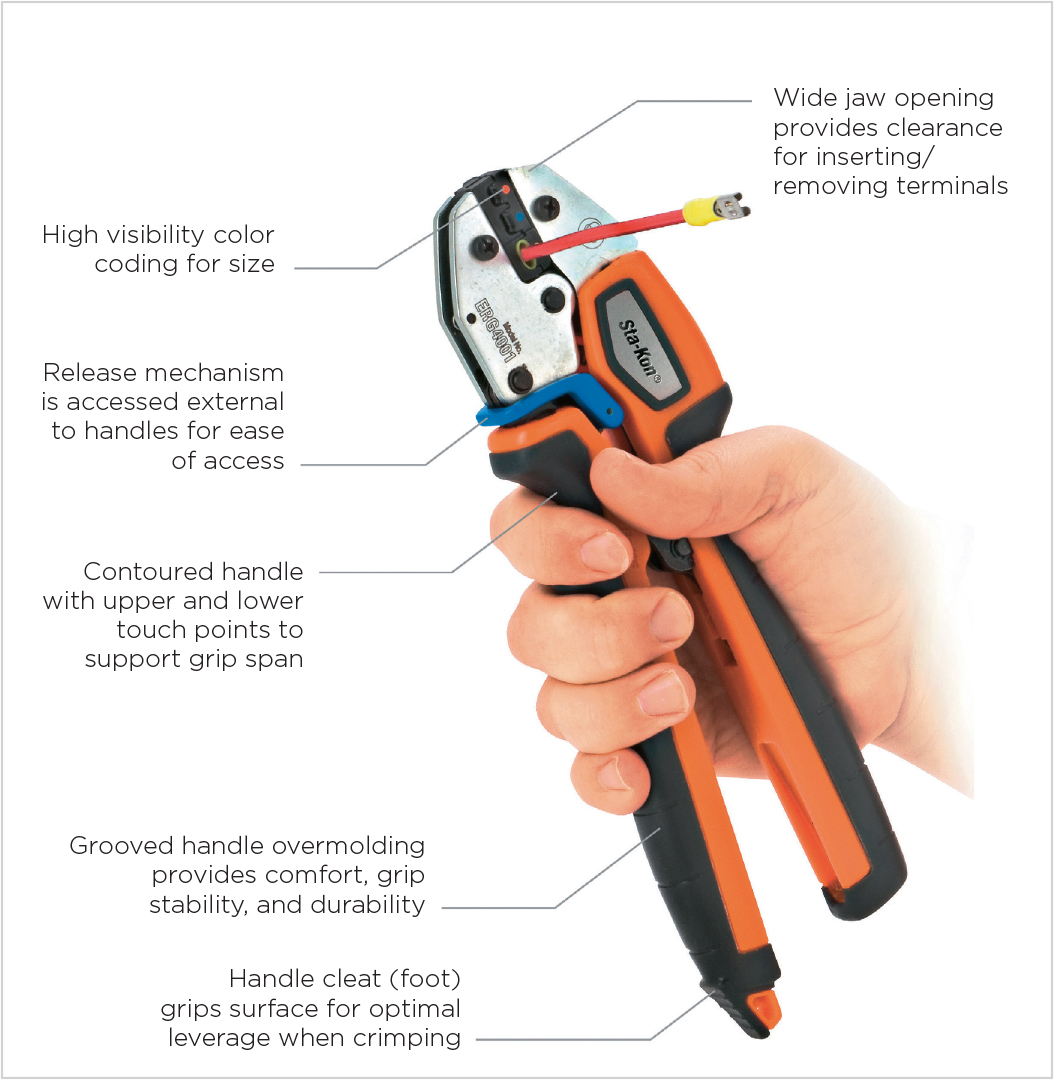046 | Ergonomic Analysis |
An assessment of tools, devices, or environments to optimize fit, safety, and comfort
- Ergonomic analysis is performed to suggest redesign improvements or establish ergonomic criteria for new design.
- The five interrelated criteria commonly used are:
- Size: Anthropometry is the systematic measurement of people to assess and design tools and systems.
- Strength: Manual force encompasses finger/hand strength for triggering and gripping and body strength for lifting.
- Reach: Assesses safe access to operator controls or environmental features and is typically based on fifth percentile females to accommodate most users.
- Clearance: Assesses effective space within and around machinery and for avoiding environmental obstacles and is commonly based on the 95th percentile male.
- Posture: Tool and system design should avoid excessive hand deviation or flexion and the reduction of bending and stooping to avoid discomfort, fatigue, and long-term injury.
See alsoEvaluative Research • Task Analysis • Usability Testing
An ergonomic analysis of a crimping device hand tool for Thomas & Betts.

Courtesy of Rob Tannen, Bresslergroup
..................Content has been hidden....................
You can't read the all page of ebook, please click here login for view all page.
